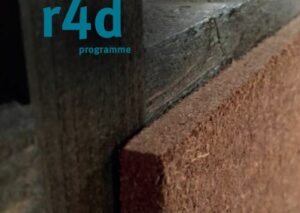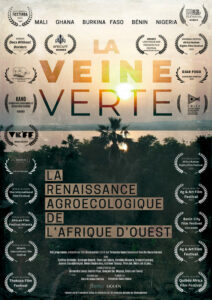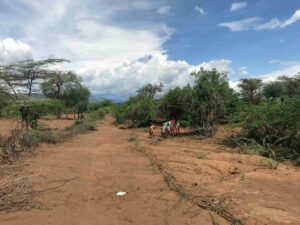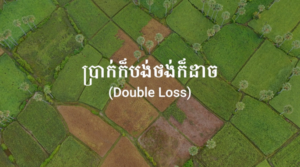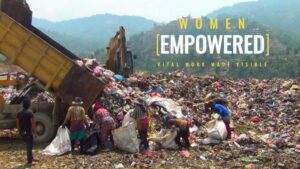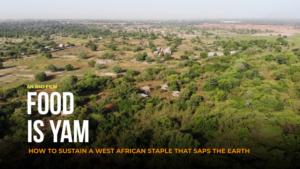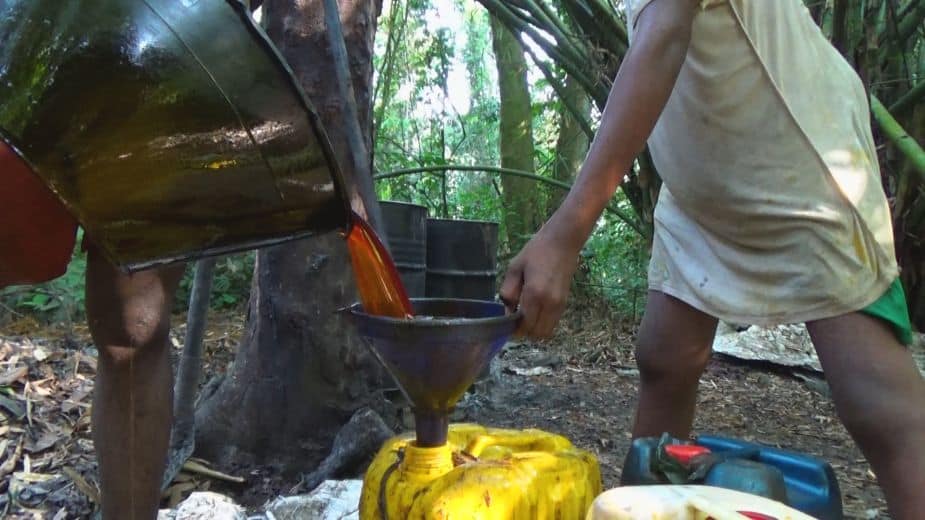
Collaboration for establishing sustainable palm oil production
The Gulf of Guinea was home to the oil palm tree before it became one of the most important plant-based oil providers. But economic success and large-scale plantations in tropical regions have also brought environmental damage, biodiversity loss, and social injustice.
The r4d projectOil Palm Adaptive Landscapesseeks to find pathways towards a more sustainable future by reconciling economic development with environmental conservation. Collaboration between different stakeholders is essential to develop a shared understanding of how to minimise the negative impact of oil palm cultivation. It also secures important local support.
This video-clip was produced as part of the r4d Digital Storytellers synthesis project. Its contents were filmed and selected by Damien Marie Essono, University of Yaoundé, Cameroon, and Thomas Guillaume, ETH Zurich, Switzerland, in collaboration with local partners in Cameroon. The digital storytelling process was accompanied and supported by Paititi Lab.Watch on YouTube.
Related Posts
The Green Vein: Agroecology Rising in West Africa
WOMEN EMPOWERED: Vital Work Made Visible
Sources
Contacts:
Damien Marie Essono, essonodamienmarie@yahoo.fr, University of Yaoundé, Cameroon, and Thomas Guillaume, thomas.guillaume@epfl.ch, EPF Lausanne, Switzerland
Project:
r4d project Oil Palm Adaptive Landscapes;
http://www.opal-project.org; http://www.r4d.ch/modules/ecosystems/oil-palm-adaptive-landscapes
Credits:
A film by Damien Marie Essono, University of Yaoundé, Cameroon and Thomas Guillaume, EPF Lausanne, Switzerland / Camera by Joel Royal Youta / Edited by Karim Bia / Produced by Sonja Schenkel, Paititi Lab
More posts from this r4d project:
Article Ansätze für eine nachhaltige Palmölproduktion
